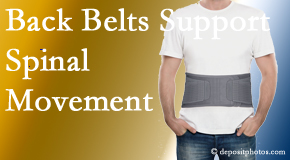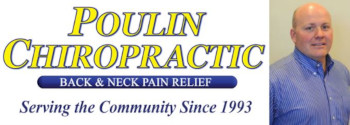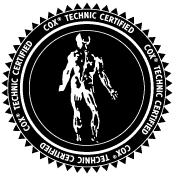Ashburn and Herndon Back Pain Recovery and Movement Helped with Back Belts
Once you experience low back pain, you don’t want to experience it again. Back pain, though, is not commonly a one and done condition, yet life marches forward and takes you with it. Pain diminishes. You begin moving and doing what you did prior. Your activities of daily life get done. On occasions, it takes a little longer to get back to the activities and/or the way you do the activities. Back belts may help with these residual issues of Ashburn and Herndon back pain.
BACK BELTS FOR WORKERS WHO LIFT, BEND, TWIST
One study of material handlers with back pain compared the use of extensible, non-extensible, and no belts in back pain patients and healthy control volunteers. The researchers evaluated for two outcomes: pain-related and biomechanical. As far as biomechanical outcomes go, both the belt types reduced lumbar spine range of motion equally in low back pain patients as in healthy volunteers doing small and deep trunk flexion motions. (Yay!) Both belts also decreased pain, the fear of pain, and the catastrophizing of pain in the back pain patients. (Another great outcome!) Belts may permit for a gradual return to physical work activities to avert disability or maintain the motion of these activities after a low back pain episode. (1) Poulin Chiropractic of Herndon and Ashburn appreciates these additions to the healing process.
BACK BELTS FOR OFFICE WORKERS
Another study of extensible, non-extensible, and no belt use in low back pain office workers was performed. Biomechanically, belt use in all three groups (those with back pain who wore either type of belt and those who were healthy office workers) benefitted sit-to-stand movement. For the back pain patients, belt use decreased pain intensity, pain-related anxiety, and pain catastrophizing. The researchers suggested that either type of belt may be beneficial in activities of daily living of patients with low back pain and of healthy office workers. (2) Poulin Chiropractic of Herndon and Ashburn favors the use of tools that keep our Ashburn and Herndon back pain patients active and moving and confident in their ability to be active and mobile. We work with our patients to create a Ashburn and Herndon chiropractic treatment plan that may or may not involve a back brace and monitor its use so that it remains a helpful tool and not a hindrance to healing.
USING A BACK BELT
We don’t want you to fear using a back belt for a while. There is some controversy over belt use, but a back belt may also help as shown in these studies. Know that Poulin Chiropractic of Herndon and Ashburn will work with you and your specific condition as to whether back belt use may be of value. All of us just want pain relief and a return to activities that you like.
CONTACT Poulin Chiropractic of Herndon and Ashburn
Listen to this PODCAST with Dr. Nate McKee on The Back Doctors Podcast with Dr. Michael Johnson. He discusses his use of the Cox® Technic System of Spinal Pain Management for managing spinal stenosis and related balance issues for which one test is the sit-to-stand test described in these studies.
Set up your Ashburn and Herndon chiropractic appointment now. Ashburn and Herndon chiropractic care understands the desire to not ever feel back pain again. We want our Ashburn and Herndon back pain patients to realize that there is hope, there is a way, and there is a return to life and its activities via tools like back belts incorporated into a treatment plan with spinal manipulation, nutrition, exercise, etc.



